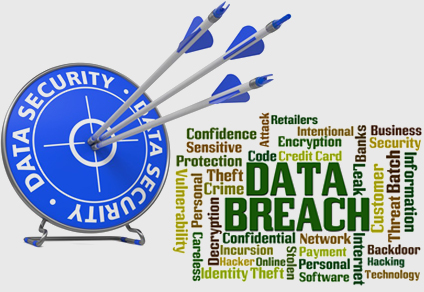
Every data breach is associated with unique risk factors based on industry, regulatory, customer, and technical circumstances. Understanding the specific risks associated with each business type and addressing them before it occurs can reduce the likelihood of this data piracy.
Tips to Prevent Data Breach
Conduct an Annual Security Risk Assessment
Conducting an assessment process to identify the data associated with an organization, the way it is used, and the strategies used for protection is helpful in providing a comprehensive view of breach risk profile. A thorough assessment identifies the data security weaknesses in the IT system, the legal and regulatory requirements, data protection measures, and the gaps that exist between these requirements.
Implement Plans to Evaluate Privacy Breach Incidents
Good planning to prevent breach of critical information can greatly reduce legal, reputational, and financial liabilities. The aspect of planning should cover two distinct parts of data breach response such as:
- Assessment of the privacy breach incident
- Development of an appropriate breach response
Organizations should have a disciplined process in place for analyzing data related to different aspects of data security such as:
- Breach circumstances
- Nature of the unauthorized disclosure
- Type of data disclosed
- Applicable regulations
- Potential level of harm to affected individuals
Breach circumstances can be something like stolen or lost laptop, or emailing files that contain personally identifiable information. Protecting the information in the laptop with an encryption key or with some user authentication techniques could help.
Develop an Efficient Data Response Team
A team of professionals should be formed well in advance for addressing the issues, in case a data breach occurs. This team should be responsible for providing immediate forensic analysis, mailing and call center services, and to identity monitoring and protection products.
Forensic analysis is often conducted to determine the scope of data breach and to exploit the vulnerabilities to prevent such happenings in future. The team should be ready to compose notification messages and distribute them to the affected parties and offer protective compensation, such as credit monitoring services for financial information breaches.
Update Policies and Procedures to Keep Pace with Changing Technology
Many business professionals are using personal mobile devices for conducting business. Moreover, the trend of bring-your-own-device (BYOD) has helped them to access secure network data on unsecured devices, creating an increased number of security weak points.
Technical controls are very important, when planning for data security and control. In addition, by conducting employee awareness training, many inadvertent data breaches can be prevented.



